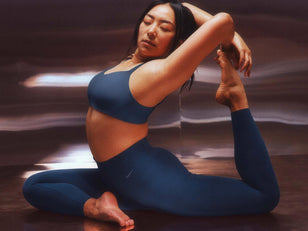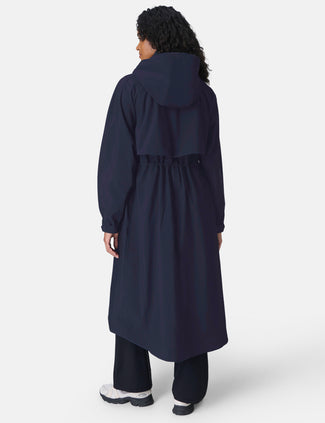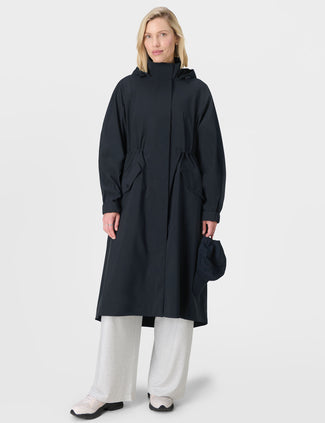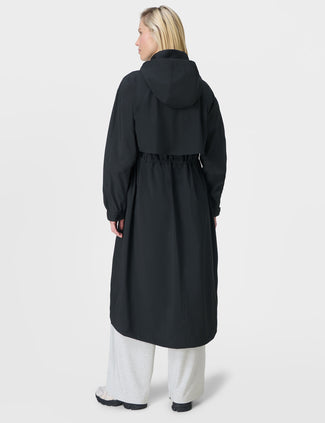
I know it sounds crazy right, breathwork techniques!? you might be reading this and thinking I don’t need somebody telling me how to breathe, I already know how to do that.
One of the first questions I ask all of my clients is, ‘when we breathe in, does our belly go in or out?’ 9 out of 10 times this question gets answered incorrectly, and it’s not a trick question. Put your hands on your belly and notice what happens to it as you inhale. As you inhale oxygen goes into your lungs and your belly should expand. We’ve become accustomed to this world of social media where when someone tells us to smile for a photo, we immediately suck that belly in and hold our breath. Don’t pretend that you don’t, I’m laughing as I type this because I know I am definitely guilty.
This year has been an unconventional one to say the least. A few months ago on the news Mind Charity announced that this is the first time in history that we are globally experiencing mental health conditions such as anxiety and depression collectively. Breathwork is a great tool that can be implemented in our everyday lives to help us when facing such uncertainty.
SO WHAT IS BREATHWORK?
In a nutshell breathwork is any type of breathing technique where we intentionally change our breathing pattern. When engaging in breathwork we are conscious of our breath and do so in a systematic way. If you’ve been to a yoga class, you will have engaged in one sort of breathwork technique; Pranayama. Breathwork’s roots lie in Vedic texts from India. Pranayama in Sanskrit means ‘controlling the breath’. There are over 50 pranayama techniques; each with a specific purpose. You may have come across Ujjayi breath, Breath of Fire or Lion’s Breath in classes that you have attended.
Nowadays breathwork classes can take place without yoga or meditation. They focus on controlled patterns and repetitions of inhalations and exhalations and lengths. This helps to switch on our parasympathetic nervous system and switch off our fight or flight mode. The reason we do this is to improve our mental, emotional, physical and spiritual well-being.
There are different results from breathwork practices too - some can lower cortisol and leave you feeling calm and relaxed and other breathwork practices that can increase cortisol and can leave you feeling more alert and stimulate your immune response.

WHAT ARE THE DIFFERENT TYPES OF BREATHWORK?
Breathwork techniques can sound intimidating if you’re a newbie, but here are the most common ones you’ll come across:
-
Rebirthing Breathwork
Don’t be put off by the name, this is one of the oldest and most recognised, it doesn’t literally mean rebirth, instead it means rejuvenation. With every conscious breath you get to release and feel renewed. This practise is an hour long, whereby every inhale is connected with the exhale, and with each breath the connecting pause shortens.
-
Clarity Breathwork
This technique was co-founded by Dana Dharma Delong and Ashanna Solaris, this technique builds on from the Rebirthing technique bringing in feminine energy to the sessions and encompass heart-based music, light body meditation and chanting.
-
Biodynamic Breathwork
This technique was created by Giten Tonkov it is a blend of deep connected breathing, meditation, conscious touch and emotional release. This breathwork practise is said to release long held trauma and is only to be practised with a therapist.
-
Transformation Breathwork
This technique was created by Judith Kravitz in the 70s and again builds on the Rebirthing technique there is a deep sense of release in Kravitz’ practise through sound and movement. In a transformational breathwork class it is not foreign to be stomping your feet or waving your hands around as you breathe.
-
The Wim Hoff Method
If you have Instagram or watched the Goop series on Netflix you may have come across ‘The Ice Man’ Wim Hoff, who uses a combination of cold therapy, extremely conscious breathing and meditation, to balance, reduce stress and to sleep better.
Now some of you might have read the above and just gone what is all of that!? So let’s break it down into something much more accessible. If you’re new to breathwork, you can find the right technique dependent on what you need to use at any time. To simplify the above techniques, they can be categorised into two types - ‘fast’ breathing and ‘slow’ breathing:
Slow Breathing
Invokes – Relaxation
Stress Response – Lowers Cortisol
Benefits – stress reduction, stimulates vagus nerve, calms mood
Examples – Box Breath, Belly Breathing, Alternate Nostril Breathing
Fast Breathing
Invokes – Alertness
Stress Response – Increases Cortisol
Benefits – stimulates immune response, lowers inflammation
Examples – Wim Hof Method, Fire Breath

WHY SHOULD WE PRACTICE BREATHWORK?
Quite simply it seems breathwork is the ultimate life hack! It has been used to treat many conditions including:
-
Anxiety
-
Chronic pain
-
Insomnia
-
Depression
-
Trauma
-
Grief and loss
Diaphragmatic breathing has been scientifically proven to reduce negative thoughts and stress, which is basically like free therapy.
During ‘fast’ breathing practices, we rapidly inhale more oxygen and exhale more oxygen; this alkalises our blood and we enter a temporary state called ‘respiratory alkalosis’ which makes you feel more alert and awake. This type of breathing also stimulates our immune systems which is beneficial to our overall health. It also spikes our cortisol levels, similar to the effects of lifting weights for your muscles, breathwork helps your respiratory, immune systems to get stronger.
Most importantly, breathwork makes you happy as it affects your key neurotransmitters, dopamine and serotonin levels, which helps to reduce stress and anxiety.
HOW TO: BOX BREATHING TECHNIQUE
My first sentence of this article was initially, ‘I don’t need somebody telling me how to breathe’, but I’m going to share the easiest and quite possibly my favourite technique that you can do absolutely anywhere and at any time. It’s a great technique to use if you’re feeling anxious and this practice falls under ‘slow’ breath. It will immediately bring you to a state of calm, helping to reduce stress and leaving you feeling relaxed and peaceful.
This technique is called the Box Breathing Technique, and the reason behind its name is that it focuses on all four corners of the breath. The inhale, the hold at the top, the exhale, the hold the bottom. It emphasises control and allows your body to appreciate and take full use of your breath.
You can do this practice sitting or lying down, whatever feels most comfortable for you. I encourage you to keep your eyes closed through your practice to really allow yourself to focus on just your breath.
-
Begin by slowly exhaling all of your air out.
-
Gently inhale in through your nose to a slow count of 4.
-
Hold at the top of the breath for a count of 4
-
Gently exhale out through your mouth to a slow count of 4
-
Hold at the bottom of the breath for a count of 4.
-
Repeat for 4-6 minutes or for as long as necessary
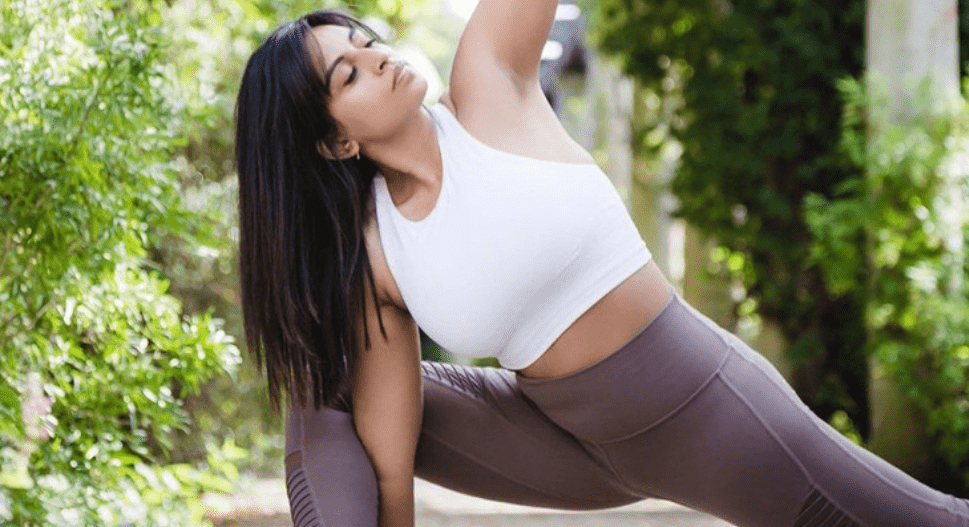
This practice should leave you feeling calm and rejuvenated, and ready to try more breathwork techniques! Why not incorporate these in some guided meditation or try my introduction to breathwork video?
If you have any questions about breathwork do not hesitate to drop me a message via @puravijoshiyoga.






















